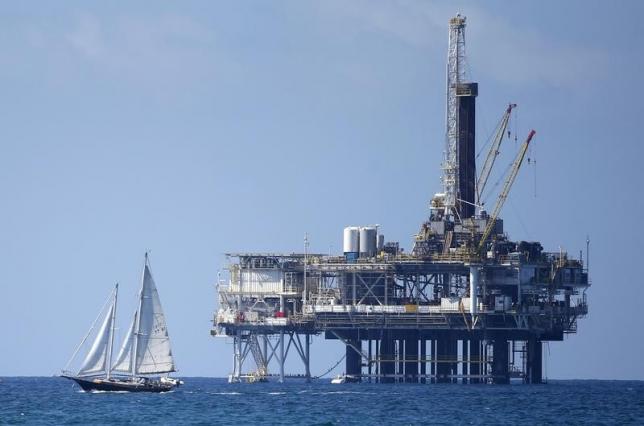Oil and Gas Price Forecast For Q4 2016

Oversupply will continue to put price on crude oil prices throughout 2016 and into 2017. As such, the U.S. Energy Information Administration (EIA) sees oil prices averaging $43 a barrel in 4Q2016.
However, a look at the futures trades suggests that traders are forecasting that crude prices in December could rally in the range of $34/barrel to $65/barrel.
In August 2016, oil prices averaged $46/barrel, which indicated an improvement of $1/barrel over July’s average price. August 2016 marked the fourth consecutive month that saw Brent oil prices play in the band of $44/barrel to $49/barrel.
Crude prices dipped to a 13-year-low of $26.55/barrel on January 20, 2016. Oil prices have been trending lower since at least June 2014 when prices averaged $100.26/barrel.
Brent and WTI prices now closer
EIA forecasts that Brent oil prices will average $52/barrel in 2017. The agency further predicts that West Texas Intermediate (WTI) oil prices will average $1/barrel less than Brent oil in the coming year. The removal of the 40-year-ban on exports by Congress in December 2015 has meant that Brent and WTI oils prices are now almost the same. But before the lifting of the ban, WTI used to trail Brent oil by nearly $4/barrel.
It is worth noting that while EIA now forecasts Brent and WTI to average $52/barrel in 2017, the agency previously forecast $50/barrel for the year.
For natural gas, EIA forecasts prices to average $11/mcf in 2016, which should improve to $11/mcf in 2017.
Though U.S. regular gasoline retailed at $2.88/gallon in August, EIA now expects gasoline retail prices to be $1.92/gallon in December. For the year, the agency sees regular gasoline prices averaging $2.08/gallon in 2016 and $2.26/gallon in 2017.
Oil and gas production
EIA predicts U.S. crude oil output to average 8.8 million barrels per day (b/d) in 2016. For 2017, the agency forecasts U.S. crude production to average 8.5 million b/d. U.S. crude production averaged 9.4 million b/d in 2015 and that was the highest level of oil production since 1970’s output level of 9.6 million b/d.
As for gas, EIA projects that natural gas inventories will be 4,042 billion cubic feet (bcf) at the end of October 2016. That would mark the highest end-of-October natural gas stockpile on record in the U.S.
Swings in oil prices
The mismatch between supply and demand in the oil and gas market has contributed to the subdued prices of the commodity. In its latest monthly update, the International Energy Agency said that it doesn’t see a near-term end of the problem as supply will continue to exceed demand into 2017.
Tepid demand for oil in major importing Asian countries such as China and India continue to delay a rebound in crude prices.
The fact that U.S. shale producers have become more efficient in their production that they continue to pump even amid the price rout has added to the complication in the oil market. OPEC members are meeting this week to try and find a way to stabilise prices through production freeze. But recent OPEC meetings have ended without production control deal despite pressure on major producing countries such as Saudi Arabia and Russia. Even as OPEC members meet, they are divisions that threaten to frustrate efforts to kerb output.
Further complicating recovery of oil prices oil stockpiles in the world’s richest countries are on the rise.



























Comments (0 comment(s))